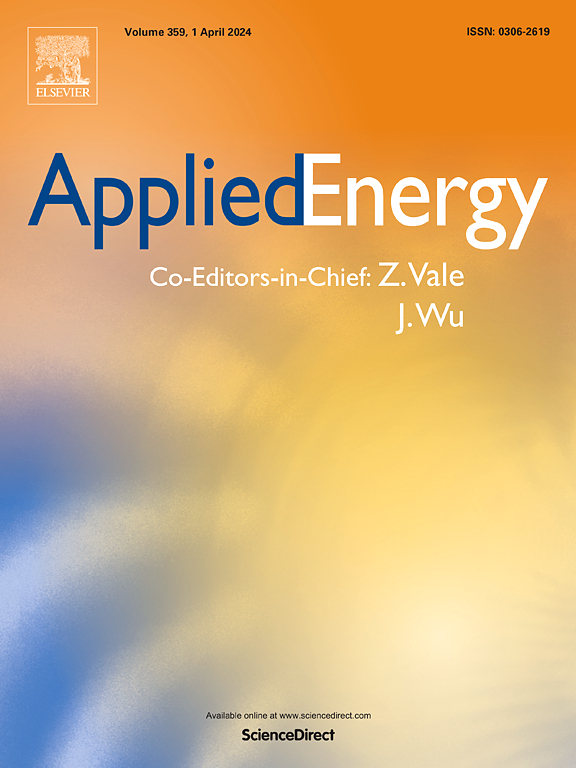Knowledge- and data-driven prediction of blast furnace gas generation and consumption in iron and steel sites
IF 10.1
1区 工程技术
Q1 ENERGY & FUELS
引用次数: 0
Abstract
Accurately predicting the blast furnace gas (BFG) generation and consumption is a big challenge for steel sites due to the low quality of industrial data and the variability of equipment operation states. To address this issue, a knowledge- and data-driven (KD) prediction method for BFG generation and consumption is proposed. This method employs dynamic time warping to describe the relationship between the historical database and the training set for BFG data streams with the same operation state, enabling the prediction model to learn the characteristics of BFG generation and consumption across all operation states. The method also considers the fluctuation characteristics of BFG generation and consumption, applying the 3σ criterion, mean substitution method, and Kalman filtering model to improve data quality. Additionally, by incorporating process knowledge, a rectified linear unit is proposed to refine the prediction results. The results demonstrate that the KD prediction model outperforms traditional data-driven models. Specifically, the KD–genetic algorithm (GA)–extreme gradient boosting (XGBoost) model delivers the best performance for BFG generation prediction across all operation states, with a mean absolute error (MAE) of 193.01 m3/min, symmetric mean absolute percentage error (SMAPE) of 0.22 %, mean absolute percentage error (MAPE) of 0.44 %, and R2 of 0.9957. For BFG consumption prediction in the hot blast stove group, the KD–back propagation neural network (BPNN) model demonstrates superior performance, achieving MAE of 69.03 m3/min, SMAPE of 0.24 %, MAPE of 0.22 %, and R2 of 0.9996.
求助全文
约1分钟内获得全文
求助全文
来源期刊

Applied Energy
工程技术-工程:化工
CiteScore
21.20
自引率
10.70%
发文量
1830
审稿时长
41 days
期刊介绍:
Applied Energy serves as a platform for sharing innovations, research, development, and demonstrations in energy conversion, conservation, and sustainable energy systems. The journal covers topics such as optimal energy resource use, environmental pollutant mitigation, and energy process analysis. It welcomes original papers, review articles, technical notes, and letters to the editor. Authors are encouraged to submit manuscripts that bridge the gap between research, development, and implementation. The journal addresses a wide spectrum of topics, including fossil and renewable energy technologies, energy economics, and environmental impacts. Applied Energy also explores modeling and forecasting, conservation strategies, and the social and economic implications of energy policies, including climate change mitigation. It is complemented by the open-access journal Advances in Applied Energy.
 求助内容:
求助内容: 应助结果提醒方式:
应助结果提醒方式:


